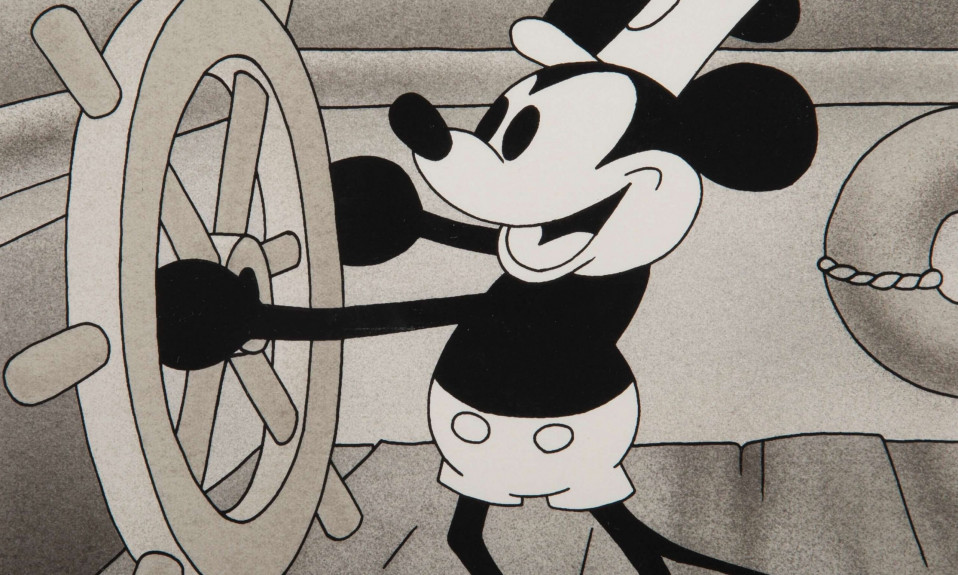In every retelling of an old story, the storyteller must pose themselves a question. Exactly how much artistic license is enough? How far should you stray from the facts in pursuit of a good story? 1995’s Pocahontas, one of Disney’s great classically animated films, is a perfect illustration of this question. The epic tale of romantic heroism depicted two warring cultures alongside musical numbers and a splash of Disney-style magic.
It’s no secret that the film was loosely inspired by true events, or that it wasn’t exactly historically accurate, but you may be surprised by the extent to which artistic liberties were taken. Exactly how much was different, and why does it matter?
Colonial History 101
By the seventeenth century, much of North America was still undisturbed by outsiders. Unfortunately, all good things come to an end. A group of English colonialists under the Virginia Company of London landed in current-day Virginia in 1607 to form Jamestown, England’s first permanent settlement in North America. The first expedition to the settlement included Captain John Smith, a soldier who later became one of Jamestown’s first colonial governors. The settlement was off to a rocky start with insufficient supplies and rough seas, but their fate turned around with tobacco. In 1608, the English merchant John Rolfe landed in Jamestown. He introduced the Orinoco strain of tobacco from Trinidad to Virginia, which became a profitable cash crop.
Pocahontas
The main thing which the Disney film got right is the fact that Pocahontas was the beloved daughter of the paramount chief of Powhatan, a network of tribes in current-day Virginia. Beyond that, the facts get very muddy. First of all, ‘Pocahontas’ was only a popular nickname, her two official names were Amonute and Motoaka.
John Smith
The love story between Pocahontas and John Smith was a purely Disney invention, created in the hopes that a Romeo-and-Juliet-esque storyline would capture audiences. That being said, it’s probably for the best that there was no real romance. In the movie, they met as adults. In reality, Pocahontas was only ten or eleven and John Smith was in his late twenties.
The dramatic scene in which she rescued Smith from execution is impossible to confirm. All accounts of it originated from Smith himself, and it is likely to be a gross exaggeration. Nonetheless, Pocahontas did become a mediator between the English and the Powhatans, helping to smooth relations as the two groups began to exchange goods. In her mid-teens, Pocahontas married Kocoum, a fellow Native American, likely of the Patawomeck tribe. In the film, she was evading a forced marriage to Kocoum, which is an incredibly unfair depiction of their marriage. Kocoum died only a few years later, allegedly around the time of Pocahontas’s kidnapping.
Yes, kidnapping.
John Rolfe
In 1613, Pocahontas was kidnapped and held for ransom by the colonialists to force negotiations with the Powhatan chief amid the then-strained relations over resources. The plan worked. Afterwards, Pocahontas remained close to the English, eventually converting to Christianity and learning their ways. During this time, she met and married the also widowed John Rolfe. By most accounts, they genuinely fell in love. They had one son, Thomas, and stayed in Virginia for two years before travelling to England.
The Virginia Company of London funded this trip to promote trade and settlement in the New World. Pocahontas was presented as a “noble savage” to prove to the English that even Native Americans could be moral, educated and groomed. Disingenuously marketed to the English as a “princess”, she was introduced to polite London society. She fell ill on the voyage back to Virginia in 1617 and died on arrival, aged only 20 or 21.
Implications
It can’t be denied that Pocahontas was a fun film, and fun films sometimes require tweaking of the facts. However, its makers must have known the effect of creating a huge-budget production that was so far from reality. Many people still view Pocahontas as a one-dimensional character in a love story, but she was so much more than that. She was equally a political mediator and a political pawn. She died far too young, with her legacy shrouded by the biased accounts of people who took advantage of her.
Artistic liberty should, perhaps, have its limits. One can view this as just a children’s film about a woman who died over 400 years ago. Alternatively, one can recognise that this is one of thousands of stories that feed into the colonialist-hero trope which has slowly but surely watered down the harsh realities of what the British imposed upon North America.
To tell a story is to shape reality. What reality are you creating?
Also Read: Time’s Up for ‘Steamboat Willie’: A Shift in American Copyright













